Few museums in Italy can rival, in quantity and quality, the collection of fossils and rocks at the Museum of Natural History – Geology and Paleontology Section (Museo di Geologia e Paleontologia), the most important museum of its kind in Italy. It houses about 300,000 specimens of animal and vegetable fossils, fossil imprints and rock specimens from the collections of noted geologists and paleontologists (Alberto Fucini, Giotto Dainelli, Olindo Marinelli, Carlo De Stefani, Giuseppe Stefanini, Cesare d’Ancona and Vittorio Pecchioli).
They include shells from Tuscan hills described by Leonardo da Vinci, the fossils that belonged to Nicolas Steno, the grand-ducal collections and those of Giovanni Targioni Tozzetti studied by Georges Cuvier, and the Central Paleontology Collection established by Igino Cocchi to serve geology in a finally united Italy.
Medici interests again were responsible for its founding. The initial paleonthologic and geological collections were put together by the Medici Grand Dukes in the 16th century and placed among the works of art in the Galleries of the Palazzo Pitti and the Uffizi. In the seventeenth century, Grand Duke Ferdinando II spurred on the collecting of the remains of vertebrates in the Monte Amiata area and other Tuscan neighborhoods of geological interest.
Grand Duke Peter Leopold, on the other hand, sponsored the sciences and was the leader of the Observatory Museum, then the Imperial Royal Museum of Physics and Natural History, which formed the nucleus of the collection of fossils.
They were further increased by the Lorraine family when a specific section was created in the great Museum of Physics and Natural History. In 1870, subsequent to the establishing of the Institute of Higher Studies, the collections were moved to the “Geology Cabinet” in Piazza San Marco.
It was then removed to”La Specola” (Via Romana, 17), with all the scientific instruments, and it was only in 1925 did it find a resting place in its present day location. The museum’s collection was progressively incremented through the purchase of the collections of Pier Antonio Micheli, Giovanni Targioni Tozzetti (in 1845) and Strozzi (in 1895).
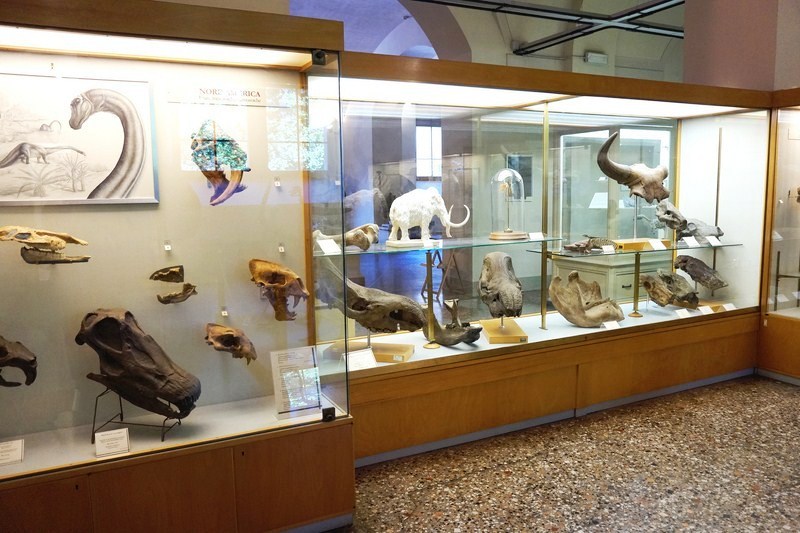 The material held in the museum was also continuously enriched with new fossils recovered during recent excavations in numerous ambitious voyages of exploration and study of the kingdom and then the Republic of Italy. The collection was rearranged in 1963.
The material held in the museum was also continuously enriched with new fossils recovered during recent excavations in numerous ambitious voyages of exploration and study of the kingdom and then the Republic of Italy. The collection was rearranged in 1963.
Our visit here allowed us to reconstruct, with evolutionary criteria, the entire paleontological history of Italy. Starting from the stromatolites (a finely laminated sedimentary structure, thanks to the activity of the first microorganisms, which date back to 3.5 billion years ago in the Precambrian Era), we switch to marine invertebrates of the Paleozoic Era; then on a journey through time through the Ordovician, Silurian, Devonian, Carboniferous, Permian, Mesozoic and Cenozoic Eras, showing the first vertebrates, algae and ferns, the first amphibians and reptiles and dinosaurs and, finally, the coming of the mammals.
Some display stands and panels illustrate the paleonthobiogeography of the Mediterranean region (in particular that of Italy) during the upper Miocene, the theses on the origin of life and the evolution of vertebrates and, in particular, of primates. The museum has four main collections.
Of particular interest and of great importance in the vertebrate fossil collection of around 27,000 specimens, originating from the Medicean and Lorraine collections, are the lavish collection of Villafranchian mammal fossils from the Pliocene and Pleistocene, primarily recovered from Tuscany and upper Valdarno (with impressing Proboscidea). The most interesting curiosities are particularly “African” (antelopes, crocodiles, monkeys, the wolf-like Canis etruscus, etc.).
There are two mastodons – gigantic early elephants with long tusks from the Pleistocene Epoch. The first, Anancus arvernensis, was a gomphothere found at the monastery of Monte Carlo by Filippo Nesti in 1826. The second, an almost complete Archidiskodon meridionalis, was nicknamed Pietro (“Peter”) and recovered by Prof. Augusto Azzaroli at Borro al Quercio (San Giovanni Valdarno) in 1953.
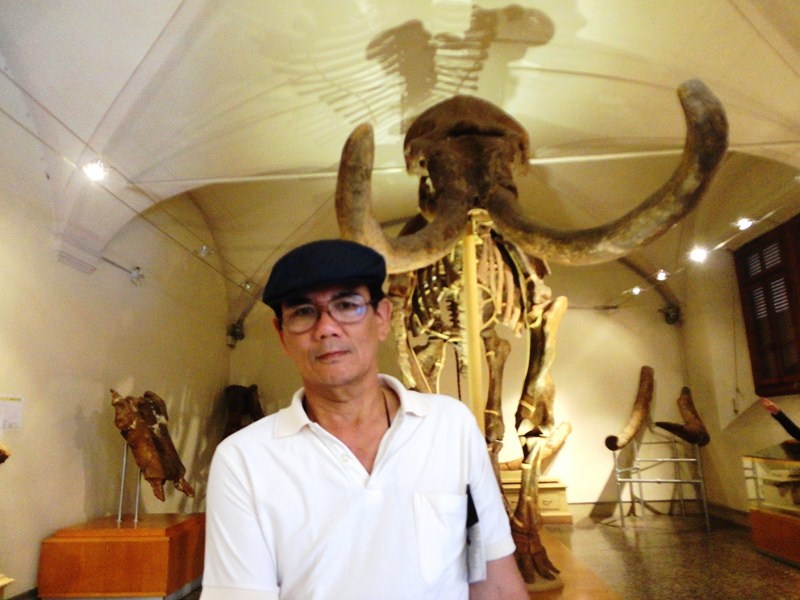
The author with Pietro, an almost complete skeleton of a male, 3.95 m. tall Archidiskodon meridionalis. It had an estimated body weight of 12 tons.
The museum holds a place of national and international importance due to the famous skeleton of the anthropoid primate Oreopithecus bamboliii, found in 1958 by Prof. Hurzeler of Basel in a lignite mine in Baccinello, a mining town 30 kms. east of Grosseto, in the Tuscan Maremma area. Looking like a gibbon it was, for long, erroneously thought to be the missing link between man and monkeys.
The museum is also rightly famous for its collection of Equidae. A whole room is dedicated to the evolution of horses and all the main representatives of the family are exhibited, from the small Eohippus Eocene to Oligocene Mesohippus, reaching up to Merychippus, from the Miocene Epoch, and current Equus spread from the Pliocene Epoch.
In addition to Italian vertebrates, the collections include several extraordinary examples such as remains coming from various places outside Italy such as the non-flying Moa bird from New Zealand; dinosaurs from North America; a small Cretaceous marine reptile from northwestern Nigeria; small, Late Cretaceous mammals from Mongolia; birds from Africa; glyptodont and giant ground sloth from Argentina; canids from China; and woolly rhinoceros and mammoth remains from Siberia.
Besides displaying vertebrates, the museum also offers a wide collection of invertebrates and plants that have been arranged in chronological order in the central gallery of the museum.
On the second floor, open to the public by appointment only, is also a collection of around 175,000 samples of fossil invertebrates from all continents and all the geological ages – trilobites, graptolites, brachiopods, ammonites and shellfish. Particularly rich is the collection of Pliocene molluscs from Tuscany, donated by the Dalmine Company, and of notable interest are the Fucini, De Stefani, Dainelli, Marinelli, Stefanini and Seguenza collections.
The Paleobotany collection has about 8,000 items coming mainly from Tuscany that show the evolution of the plant world from the marsh flora to that of the large trees up to today’s forests. The collection of phyllites from Monte Pisano, the Strozzi collection, and the collection of plant remains from the Santa Barbara mine (early Villafranchian period) are especially important.
The generic rock collection, of about 5,000 specimens, is composed of rocks coming from Eritrea, Ethiopia, Somalia, Tibet and Caracorum, and of rocks collected along the Sempione (Simplon) and San Gottardo (Gotthard) tunnels.
Today, in addition to recovery and exposure and its educational and research function, the Section carries out salvaging and restoration initiatives. Restoration, carried out in the laboratory, consists of a series of delicate operations aimed at removing the artifact from the rock, cleaning it and consolidating it with special substances. The museum also organizes didactic activities, guided tours, lessons and temporary exhibitions.
A new, beautifully designed and permanent exhibit is “Tales of a Whale,” a product of 9 years of effort. Seemingly set in a deep blue sea, it centers around a 10 m. long, 3 million year old skeleton of a whale discovered in the hills of Tuscany. The skeleton is surrounded by fossils of other marine life that were found in the same field.
Museum of Natural History (Geology and Paleontology Section): Via Giorgio La Pira, 4 – 50121, Florence, Italy. Tel: 055-2757536. Website: www.msn.unifi.it. Open Mondays, Tuesdays, Thursdays, Fridays and Sundays, 9 AM to 1 PM, and Saturdays, 9 AM to 5 PM. Closed on Wednesdays, January 1, Easter, May 1, August 15 and December 25.

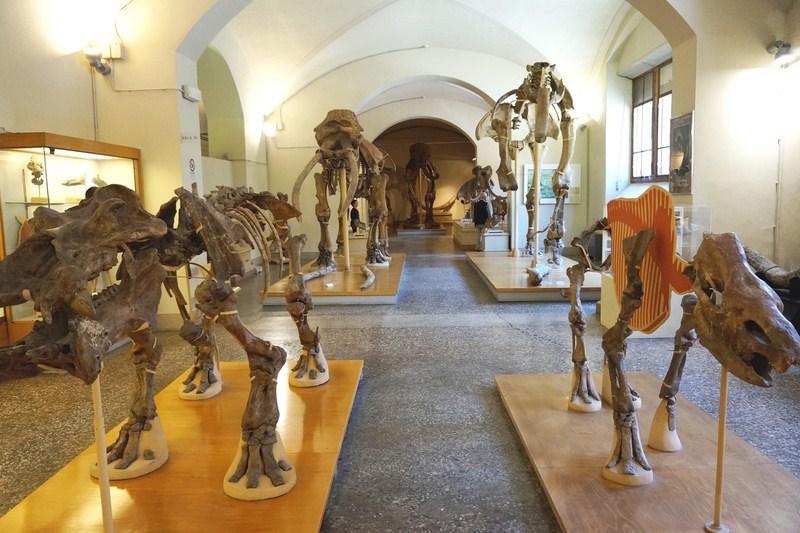
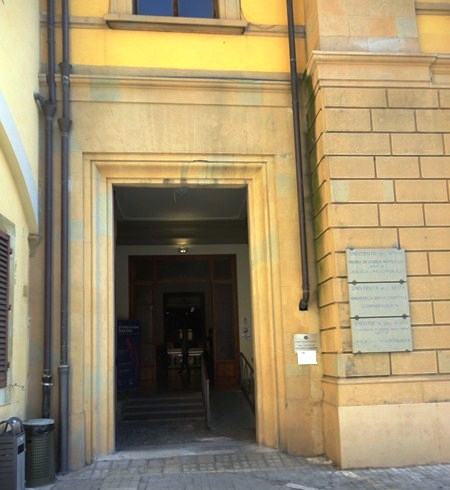
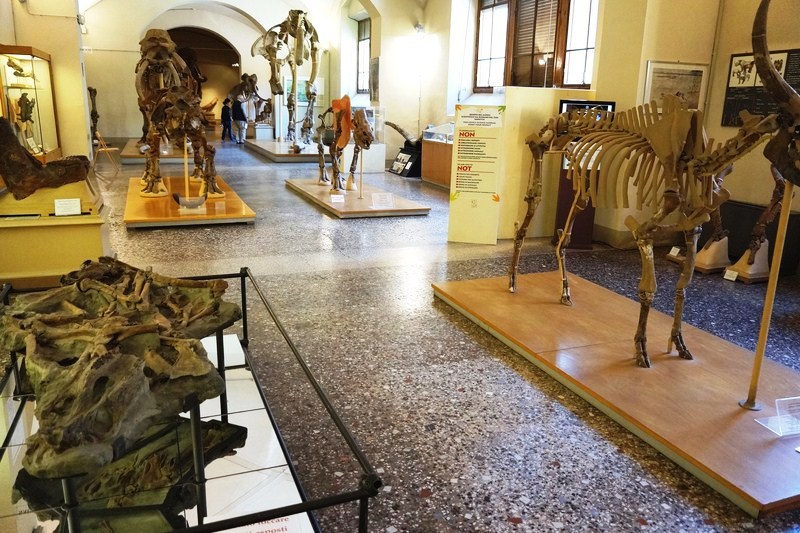
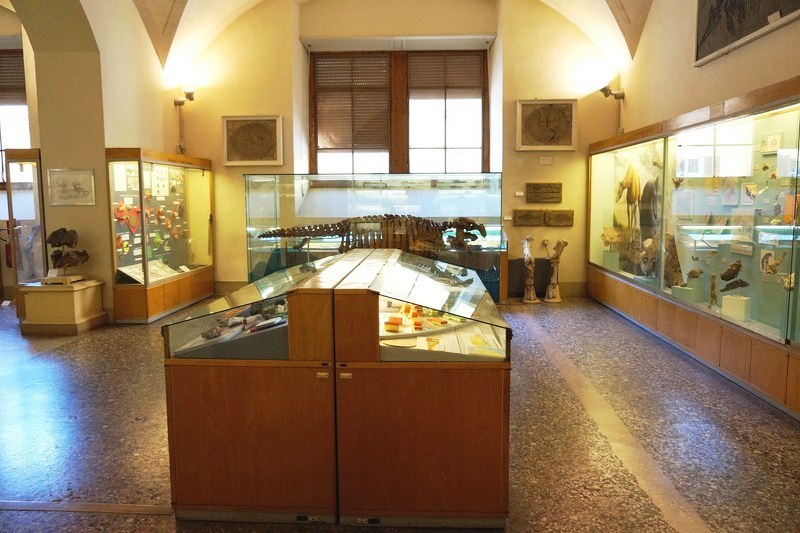
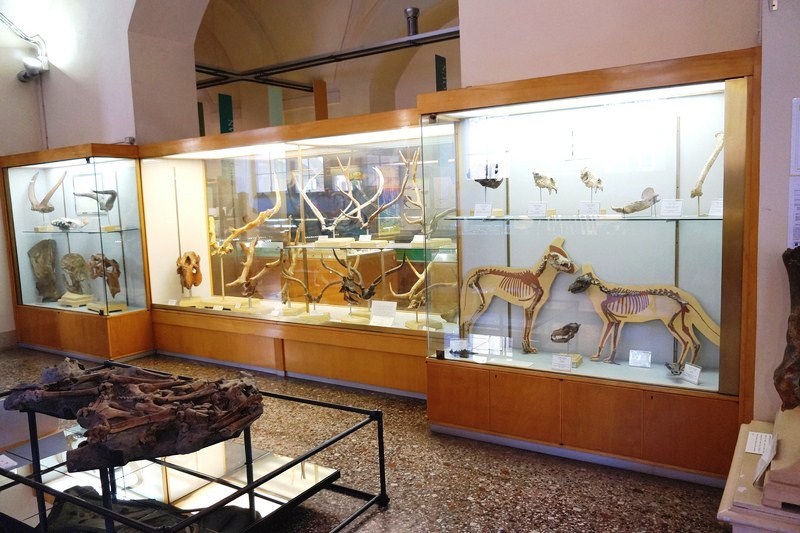
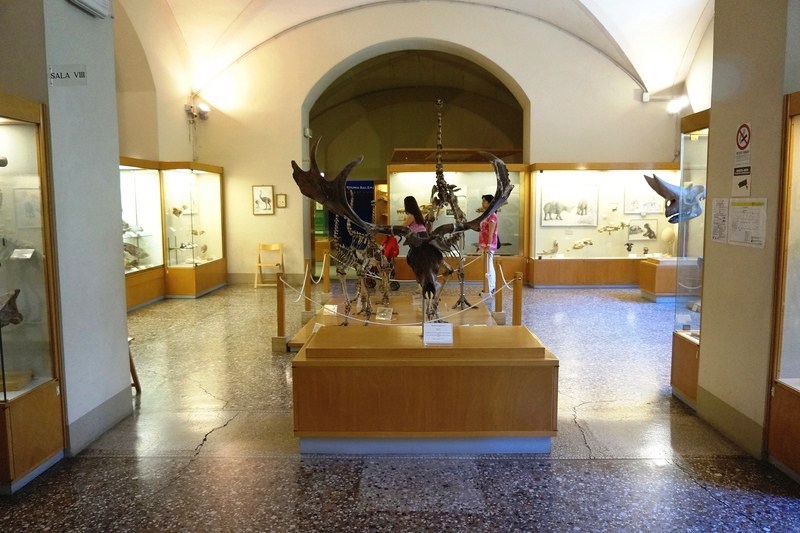
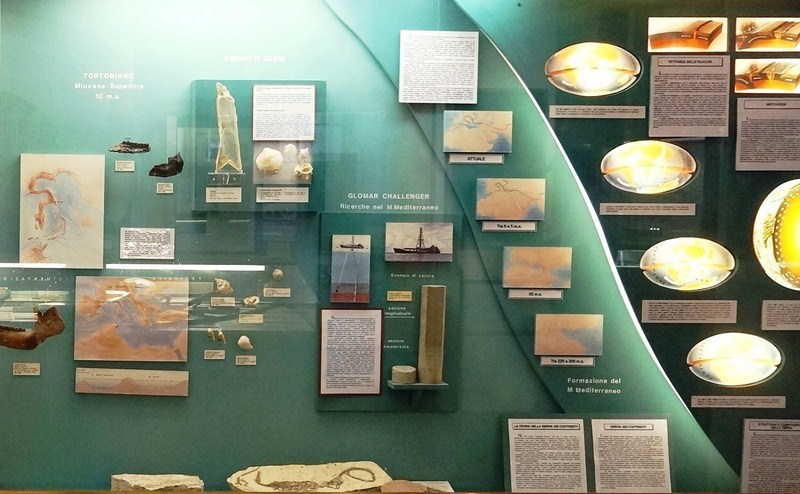
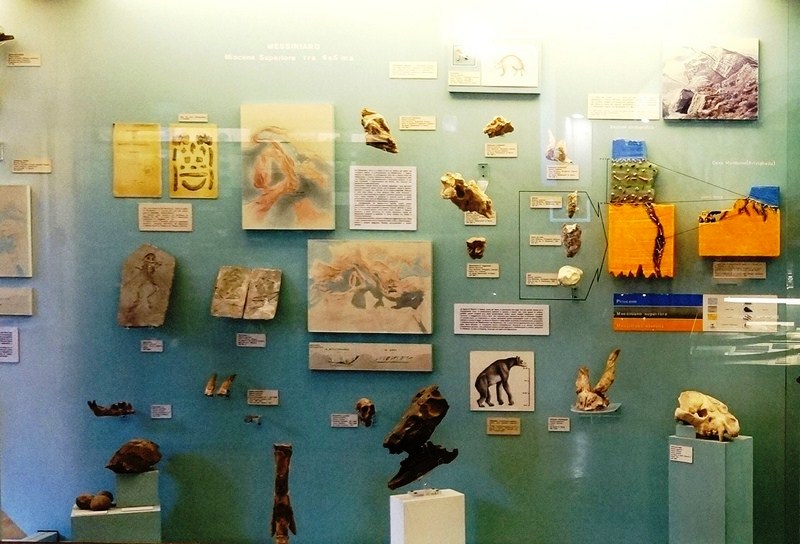
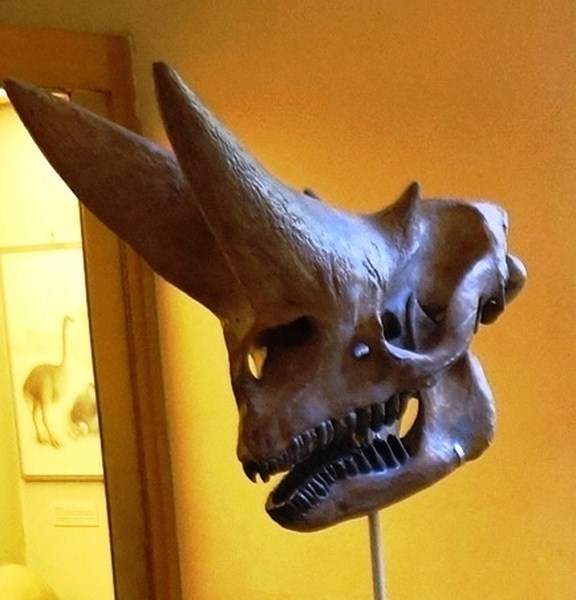
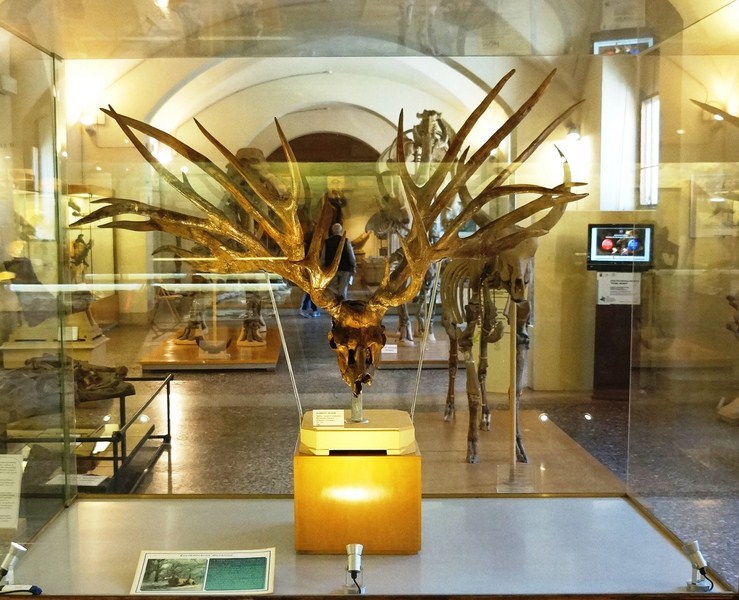
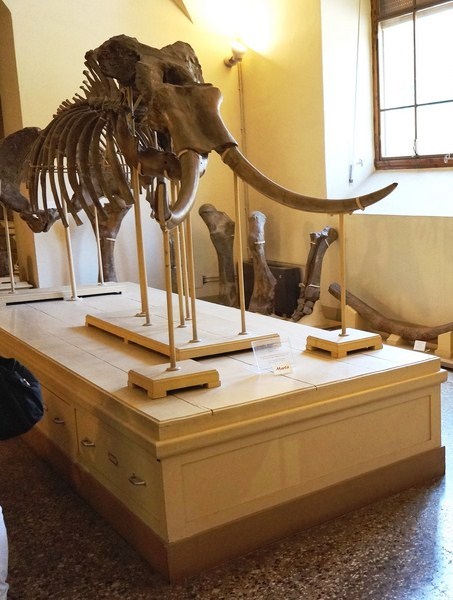
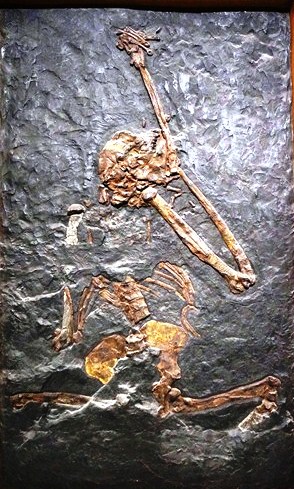
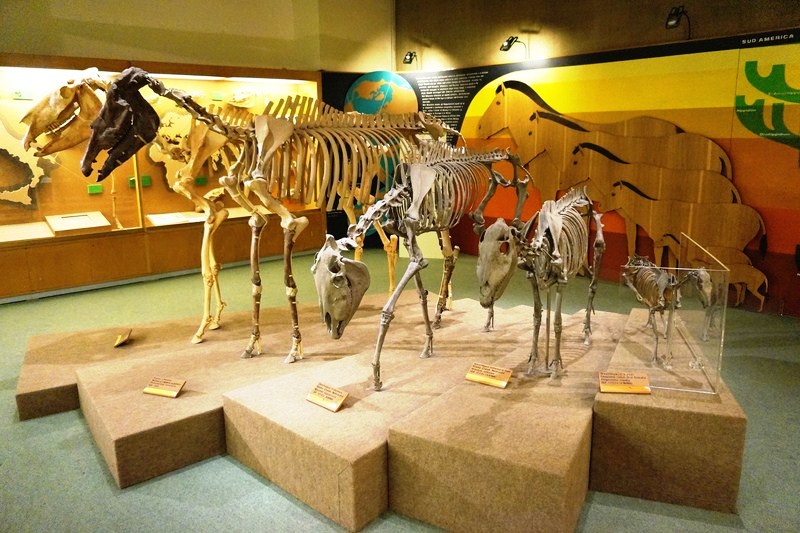
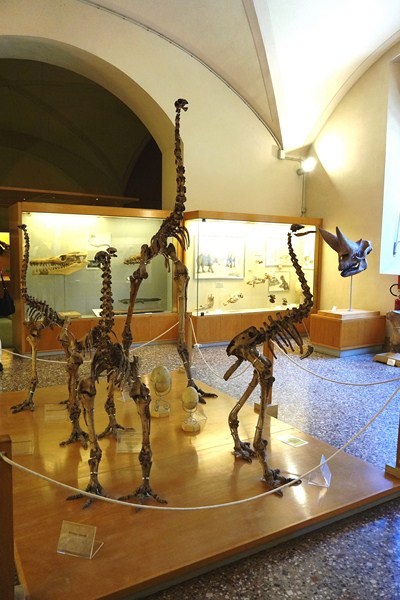
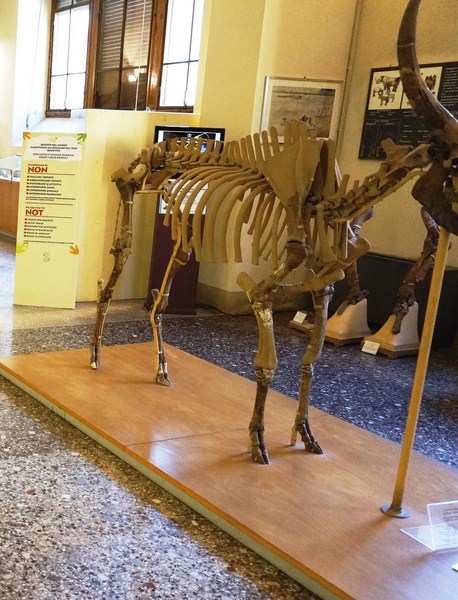
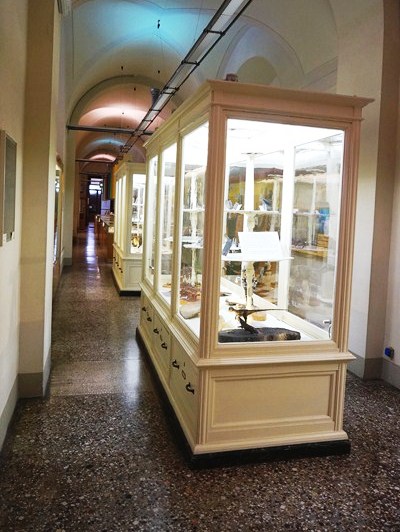
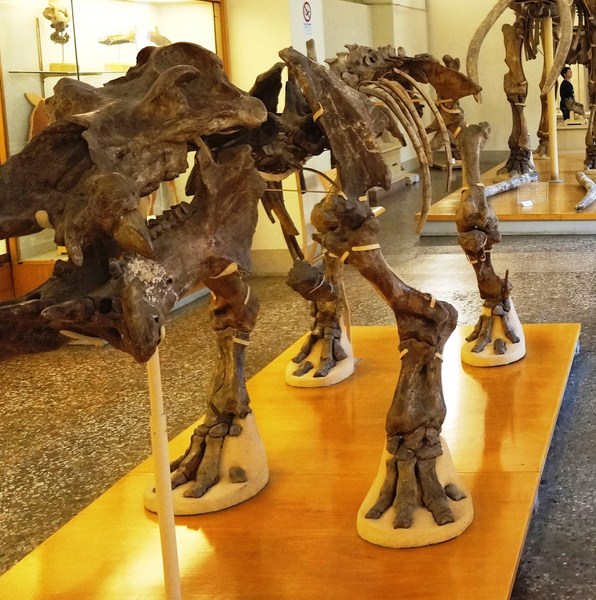
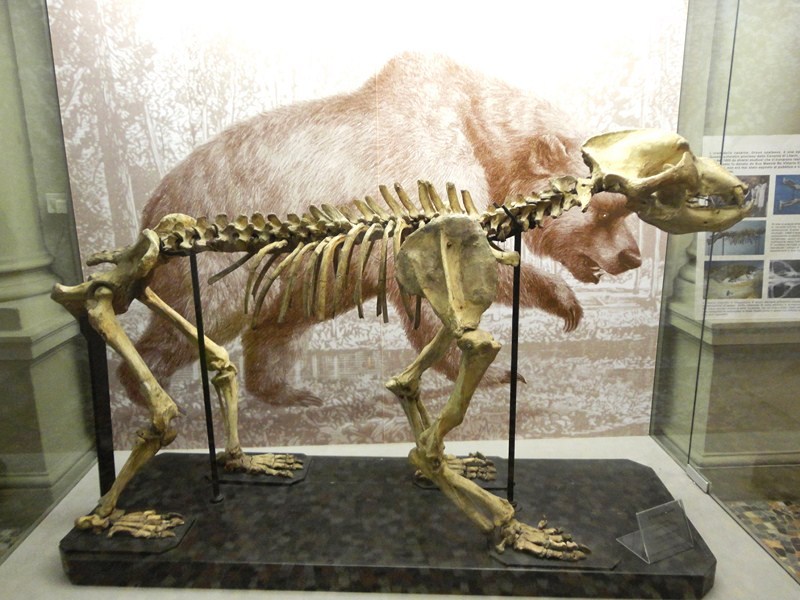
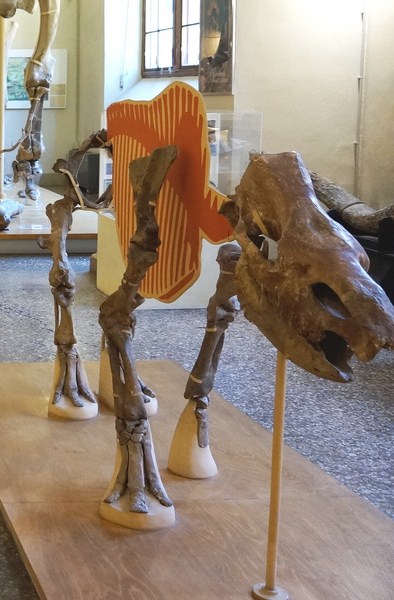
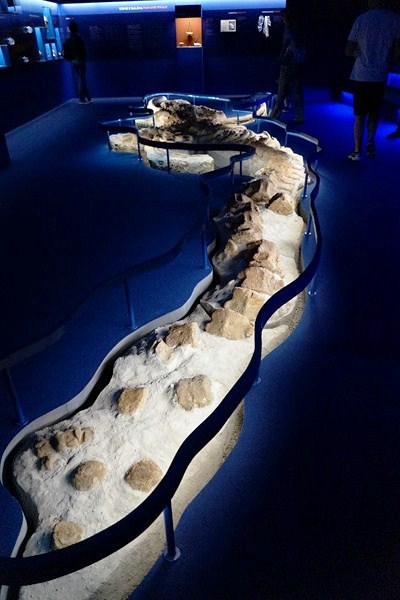
Do you mind if I quote a few of your articles as long
as I provide credit and sources back to your blog? My blog is in the very same niche
as yours and my visitors would certainly benefit from some of
the information you present here. Please let me know if this
ok with you. Thanks!